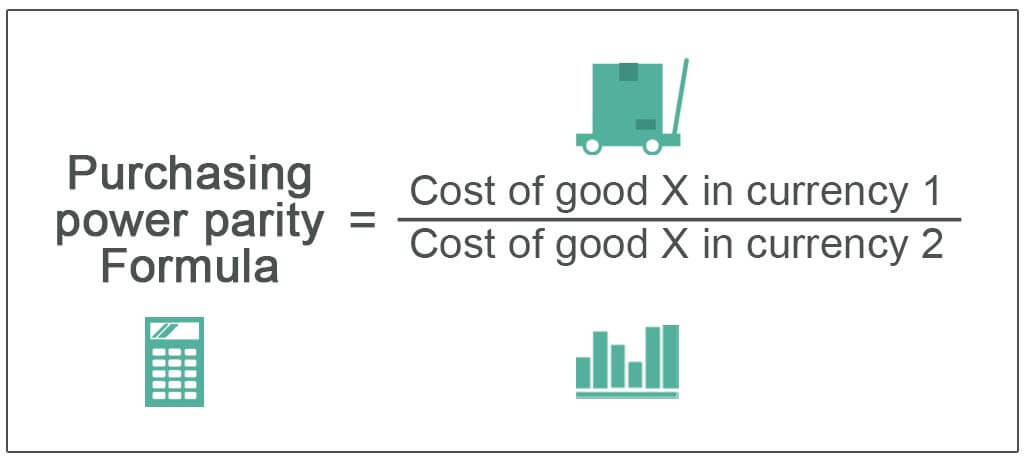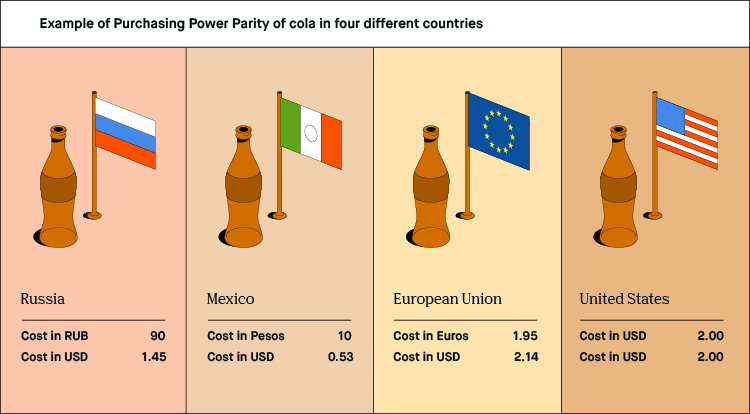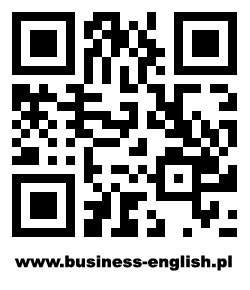PPP in the P-p-pandemic
PPP? The three Ps may ring a bell for many as a term describing the economy, even though in the wake of COVID-19 pandemic, the same acronym has been used to mean something else. The so-called Paycheck Protection Program, launched in the US to aid and protect the most vulnerable companies in America during the pandemic crisis, has made recent headlines as a possible misstep by the government. Apparently many of the bailed-out sole traders never paid back the loans, and the public coffer got suddenly even emptier than before. But hang on, weren’t we supposed to talk about a different PPP?

Yes, that we did. The PPP in question is „Purchasing power parity”, an economic theory which states, in simplest terms, that your country’s money’s worth can be checked against what goods you can buy with it, and, if you then check what it costs to buy the same goods in another country, you will be able to see the real worth of this currency. In an ideal situation, the price for the same type of product should be similar when factoring in the actual exchange rate between two currencies. That it is not so may mean that one of the two compared countries is in a worse or better shape economically, because through that measurement and the country’s GDP (gross domestic product – basically all the money a country makes in a year) you can roughly assess how the country’s economy and currency is doing.

Good news then, as globally PPP has been steadily rising, and the ones who can actually influence this indicator have grown more numerous over the last decade. It seems that if you take the wealthiest and poorest people out of the equation, PPP can become an expression of the economic activities (such as buying, mostly) of the middle class. Fun fact: even despite COVID-19 this group now constitutes 50% of all global population. And the leading middle class country is no longer the US, but China, who has also overtaken US in terms of GDP.

Sounds a bit dull and stuffy, something for lovers of economic theory, right? Well, back in the 1980s some researchers also thought so and invented the the Big Mac Index. If that sounds quirky and made-up, it is. And yet numerous serious research papers were written on the subject, and the BMI (not the body mass index, though if you overdo it with your Big Mac consumption, you’d definitely need to keep that in check!) has been featured in economy textbooks. A playful theory, perhaps, where instead of some typical (boring) goods, the grand old Big Mac (burger from McDonald’s) is compared across the countries. Interestingly, PPP data points often coincide with burgernomics (this is what the Big Mac Index is being called often as a theory). This suggests that, if a country has a McDonald’s, its PPP is already on the right track, and if it also correlates positively with the US currency value, the country’s currency is solid.

So what have we learned today, then? That PPP can mean different things, just like BMI. But if that was a little TMI for you, you can always just let it all go and opt for a nice, juicy burger. Check the price, though. With your currency, it might be cheaper to make one at home!
VOCABULARY
to ring a bell – świtać (komuś), przywodzić coś na myśl
term – pojęcie
in the wake of sth – w następstwie czegoś, po czymś
acronym – skrót
so-called – tak zwany
paycheck – wypłata (US)
vulnerable – narażony, bezbronny
to make headlines – odbić się szerokim echem, trafić na nagłówki
misstep – potknięcie, zła decyzja
to bail sb out – wesprzeć kogoś finansowo, wyciągnąć z tarapatów
sole trader – indywidualny przedsiębiorca
to pay sth back – spłacić coś, zwrócić (pożyczkę)
coffer – kiesa, tu: skarb (państwa)
hang on… – chwila…
purchasing power parity (PPP) – parytet siły nabywczej
in simplest terms – mówiąc najprościej
currency – waluta
to factor sth in – uwzględnić coś (np. w wyliczeniach)
exchange rate – kurs wymiany walut
compared – porównywany
measurement – pomiar
GDP (gross domestic product) – PKB, produkt krajowy brutto
roughly – z grubsza
to assess sth – oszacować coś
steadily – stale, równomiernie
indicator – wskaźnik
numerous – liczny
wealthy – zamożny
to take sb out of the equation – nie uwzględnić kogoś, pominąć
expression – wyrażenie
fun fact – ciekawostka
to constitute X – być X, stanowić X
to overtake sb – wyprzedzić kogoś
in terms of sth – pod względem czegoś
dull – nudny
stuffy – nadęty, staroświecki
researcher – badacz
to invent sth – wynaleźć coś
quirky – dziwaczny
made-up – wymyślony, nieprawdziwy
research paper – praca badawcza
on the subject – w temacie, na dany temat
body mass index (BMI) – indeks masy ciała
to overdo sth – przesadzić z czymś
to keep sth in check – pilnować czegoś
to feature somewhere – pojawić się gdzieś, być wymienionym
playful – żartobliwy
grand – wielki, wspaniały
interestingly – co ciekawe
data point – punkt danych/pomiarowy
to coincide with sth – zbiegać się czymś, pokrywać
on the right track – we właściwym kierunku (np. rozwijać się)
to correlate – korelować
solid – tu: w dobrym stanie
TMI (too much information) – zbyt otwarte mówienie o czymś (nieprzyjemnym, wstydliwym itp.)
to opt for sth – optować za czymś
by Prochor Aniszczuk







